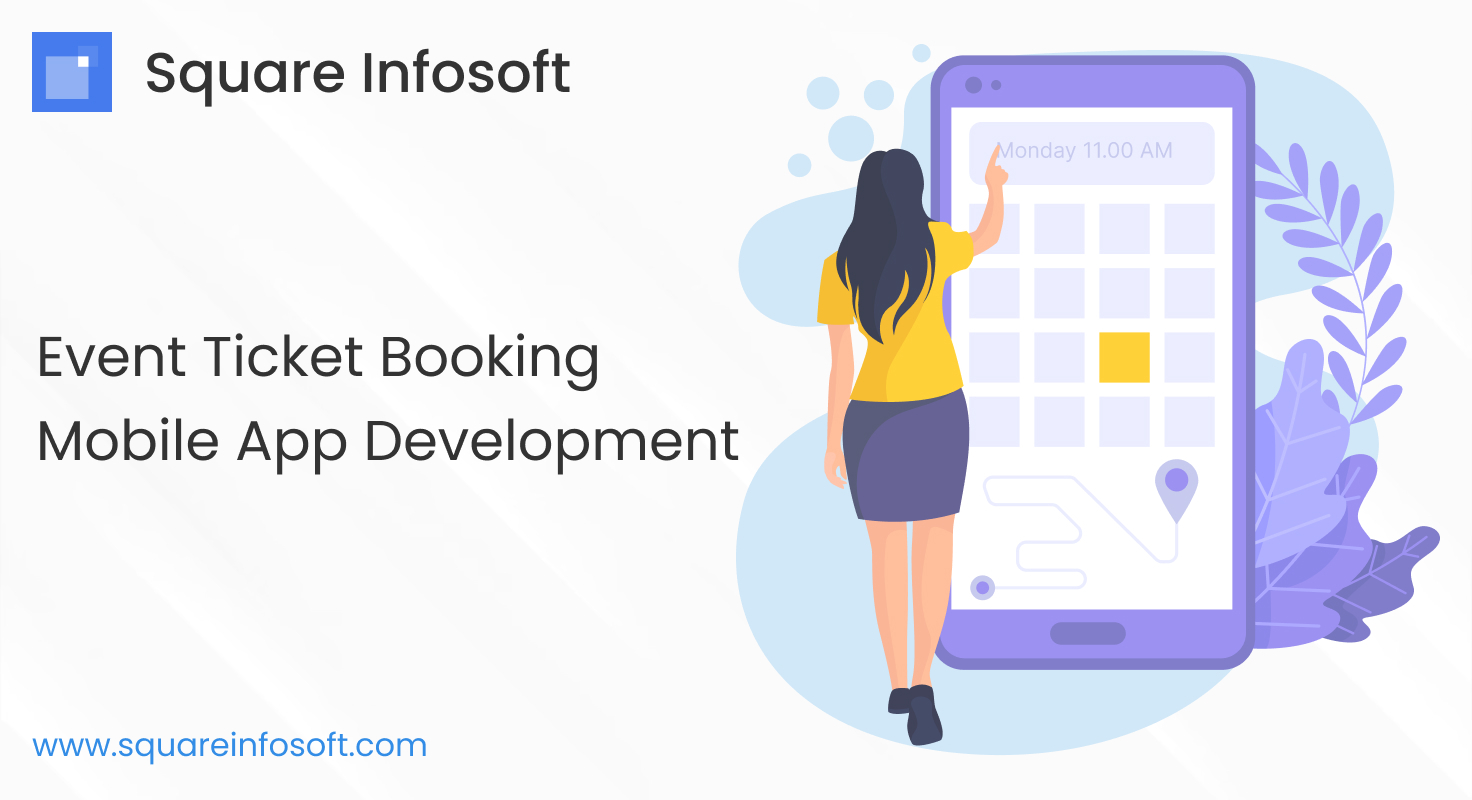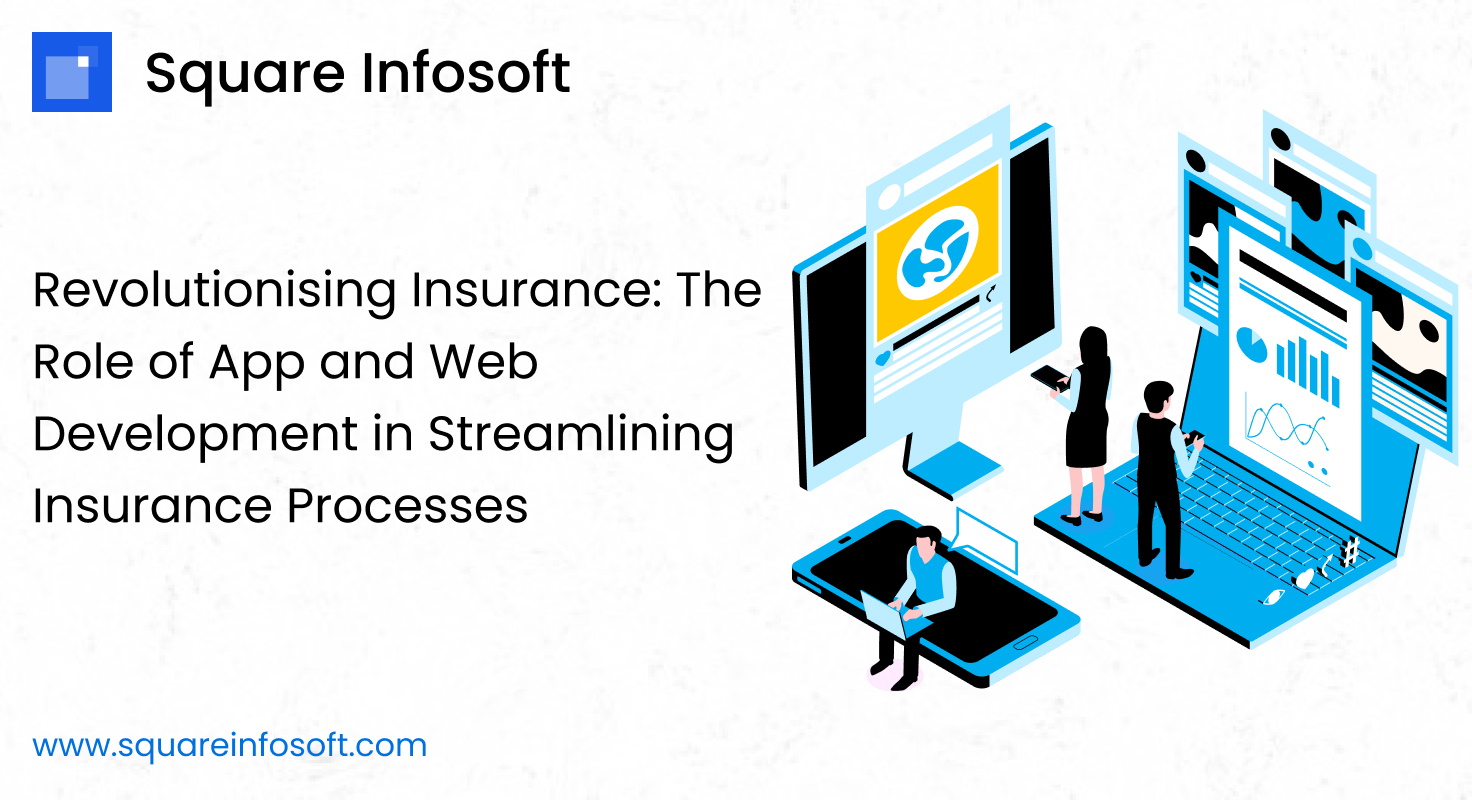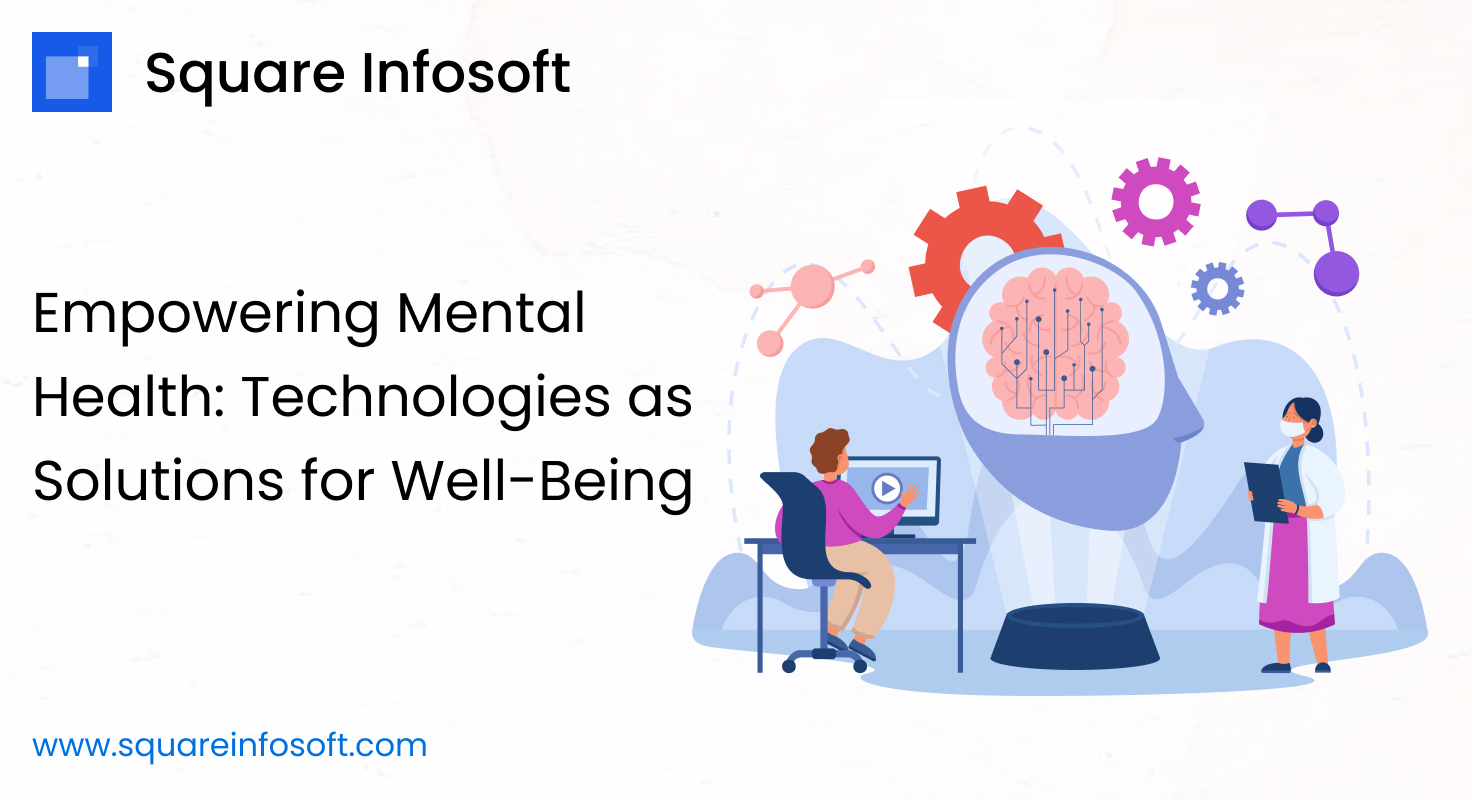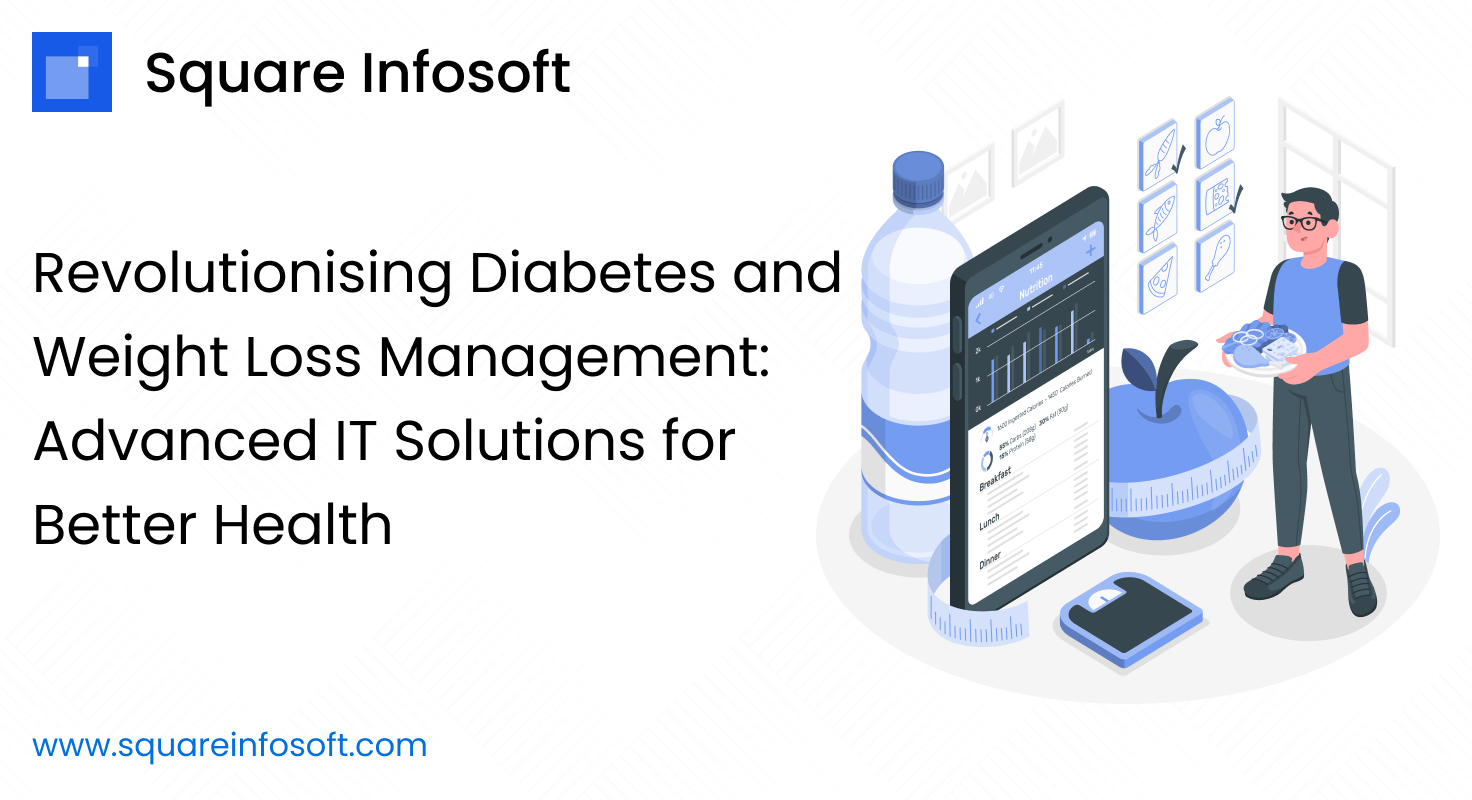Developing an ebook reader mobile app can be a rewarding project, providing users with a convenient way to access and read digital books. Here’s a step-by-step guide to help you get started with the development of an ebook reader app:
1. Define Objectives:
- Determine the primary purpose of your app (e.g., ebook reading, audiobooks, educational materials).
- Identify your target audience (e.g., general readers, students, professionals).
2. Market Research:
- Research existing ebook reader apps to understand their features, strengths, and weaknesses.
- Identify unique features or improvements that can set your app apart.
3. Planning and Conceptualization:
- Outline the core features and functionalities of your ebook reader app.
- Consider the types of content you want to support (e.g., ePub, PDF, audiobooks).
- Plan the app’s content acquisition and storage strategy.
4. Feature Set:
- Develop a comprehensive list of features for your ebook reader app, including:
- User registration and profiles.
- Ebook library management.
- Support for various ebook formats.
- In-app ebook purchase or download.
- User-customizable reading settings (e.g., font size, theme, bookmarks).
- Reading progress tracking.
- Highlights, notes, and annotations.
- Dictionary and translation integration.
- Audiobook playback and management.
- Accessibility features (e.g., text-to-speech).
- Syncing and cloud storage for user libraries.
5. Design and User Experience (UX):
- Design an intuitive and visually appealing UI for your app.
- Ensure the design is user-friendly and responsive on various screen sizes.
- Focus on typography and readability for ebook content.
6. Content Acquisition and Management:
- Develop a system to acquire and manage ebook content from publishers or libraries.
- Consider partnerships with content providers for a diverse library.
7. Offline Reading:
- Allow users to download ebooks for offline reading.
- Implement efficient storage management for downloaded content.
8. User Authentication and Data Security:
- Implement secure user authentication to protect user data.
- Ensure compliance with data privacy regulations.
9. Testing:
- Conduct thorough testing, including functional testing, usability testing, and performance testing.
- Test the app on various devices and screen sizes.
- Address any bugs or issues identified during testing.
10. Deployment: – Deploy the app to app stores (Apple App Store, Google Play Store). – Prepare marketing materials, including app descriptions, screenshots, and promotional videos.
11. Marketing and Promotion: – Develop a marketing strategy to promote your app. – Utilize social media, content marketing, and partnerships with publishers to increase visibility.
12. Monetization: – Decide on a monetization strategy (e.g., freemium with premium features, in-app purchases, ads). – Offer a variety of content purchasing options (e.g., one-time purchase, subscription plans).
13. Legal Considerations: – Ensure compliance with copyright and licensing agreements for ebook content. – Address any legal requirements related to user-generated content and user interactions.
14. Updates and Maintenance: – Regularly update the app with new features, bug fixes, and performance improvements. – Stay informed about industry trends and emerging ebook formats.
Developing an ebook reader app requires a strong focus on user experience, content quality, and ease of use. Keep your users’ reading preferences and habits in mind, and your app can become a trusted platform for digital book consumption.




